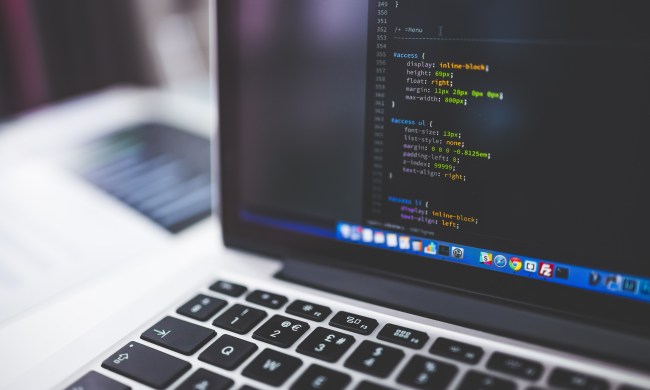Huawei is reportedly able to access worldwide telecom networks through backdoors that are usually meant only to be used by law enforcement.
The Wall Street Journal reports that U.S. officials confirmed Huawei’s access to these backdoors and that the company has been able to take advantage of them for more than a decade.
“We have evidence that Huawei has the capability secretly to access sensitive and personal information in systems it maintains and sells around the world,” Robert O’Brien, U.S. national security adviser, told the Journal.

The Chinese-based phone maker behind top-notch smartphones like the P30 Pro, Mate 20, and Mate 20 Pro, has reportedly built equipment that “preserves the manufacturer’s ability to access networks through these interfaces without the carriers’ knowledge.”
U.S. officials told the Journal that they have been aware of the backdoor access since 2009 but declined to say if the company actually used this access since it was discovered.
Huawei did not immediately respond to our request for comment but denied claims that it had any sort of access in a statement to the Journal.
“[Huawei] has never and will never do anything that would compromise or endanger the security of networks and data of its clients,” the company told the Wall Street Journal. “We emphatically reject these latest allegations. Again, groundless accusations are being repeated without providing any kind of concrete evidence.”
Digital Trends also reached out to the FBI for comment on Huawei’s alleged backdoor access. We will update this story when we hear back.
Tensions have been high between Huawei and the U.S. Last summer, the company was placed on the U.S. Department of Commerce’s “Entity List,” prohibiting the company from acquiring parts and components from U.S. companies without the approval of the federal government.
Backdoor access is not just an issue with foreign phone manufacturers: President Donald Trump and other federal officials have said that he wants a backdoor into iPhones to decrypt the phones of criminals and others whom the government might want to investigate.
Still, privacy advocates have repeatedly said that if a phone can be decrypted by the government, it can be decrypted by anyone.



